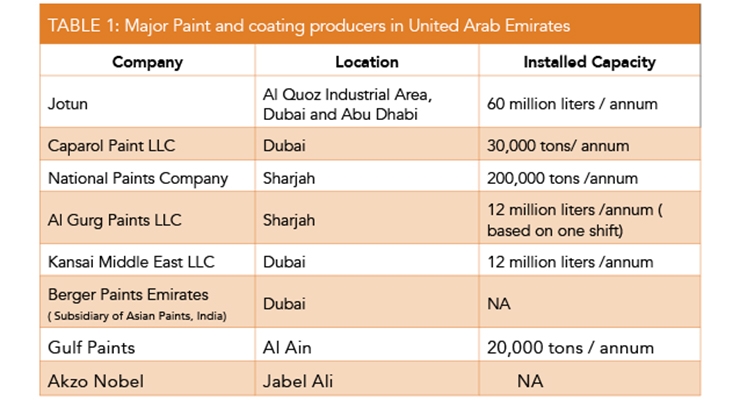Climate Considerations In Commercial Outside Paint: Important Information To Remember
Climate Considerations In Commercial Outside Paint: Important Information To Remember
Blog Article
Write-Up Produced By-McNamara Duckworth
When you're planning an industrial external painting task, do not take too lightly the influence of climate on your results. You need to consider elements like temperature level, moisture, and precipitation, as they can make or damage your paint task. For instance, did you recognize that optimal problems call for details temperature varieties and humidity levels? Failing to keep an eye on these elements can cause irregular coatings or even damages to fresh paint. Comprehending these elements is key to achieving a resilient, expert outcome. So, what particular climate condition should you watch out for?
Temperature Considerations
When it concerns industrial exterior painting, temperature level plays an essential role in the end result of your task. If you're painting in extreme warm, the paint can dry as well rapidly, bring about problems like bad adhesion and unequal surfaces. You want to go for temperature levels in between 50 ° F and 85 ° F for the very best results. Below 50 ° F, paint might not cure correctly, while over 85 ° F, you take the chance of blistering and cracking.
Timing your project with the best temperatures is important. Start your job early in the morning or later on in the mid-day when it's cooler, specifically during warm months.
Additionally, consider the surface temperature level; it can be substantially more than the air temperature level, especially on bright days. Make use of a surface area thermometer to examine this before you start.
If temperature levels are uncertain, watch on the weather prediction. Abrupt temperature level decreases or warm front can hinder your strategies. You do not intend to start painting only to have the problems alter mid-project.
Humidity Levels
Moisture degrees substantially affect the success of your industrial exterior painting project. When the moisture is expensive, it can impede paint drying out and healing, leading to a series of concerns like inadequate adhesion and complete quality.
If you're intending a work throughout moist conditions, you may locate that the paint takes longer to dry, which can expand your task timeline and boost prices.
On the other hand, reduced humidity can also position difficulties. Paint may dry out as well promptly, avoiding proper application and leading to an unequal finish.
You'll wish to monitor the moisture levels closely to ensure you're working within the optimal variety, commonly in between 40% and 70%.
To get the very best results, consider utilizing a hygrometer to gauge moisture prior to starting your job.
If you discover the levels are outside the optimal variety, you may require to change your routine or select paints developed for variable problems.
Constantly seek https://cesarbhmqv.blogspothub.com/32420770/renew-your-space-with-an-explosion-of-color-and-find-the-art-of-turning-your-home-right-into-a-lively-retreat-that-highlights-your-personal-style from the maker's standards for specific suggestions on moisture resistance.
Precipitation Effect
Rain or snow can substantially interrupt your industrial external painting plans. When precipitation happens, it can remove newly used paint or produce an uneven coating. Preferably, you want to choose days with completely dry climate to make certain the paint sticks correctly and remedies properly. If you're caught in a rain shower, it's ideal to stop the job and wait on conditions to boost.
Moreover, snow can be much more detrimental. Not just does it produce a wet surface, however it can additionally reduce temperatures, making it hard for paint to dry. This can bring about concerns like peeling off or blistering down the line.
It's important to inspect the weather prediction before starting your task. If rain or snow is predicted, take into consideration rescheduling.
Always keep in mind to permit ample drying time between coats, specifically if the weather condition continues to be uncertain.
https://www.homesandgardens.com/news/worst-mistake-to-make-when-painting-house-exterior
To conclude, keeping an eye on the weather condition is important for an effective business external paint project. By keeping an eye on temperature level, humidity, and precipitation, you can ensure the most effective conditions for application and curing. Keep in mind to intend your work around beneficial weather and always comply with manufacturer standards. With the appropriate strategy, you'll attain a durable, attractive coating that can stand up to the aspects. Don't allow the weather catch you off guard-- remain informed and paint smart!
